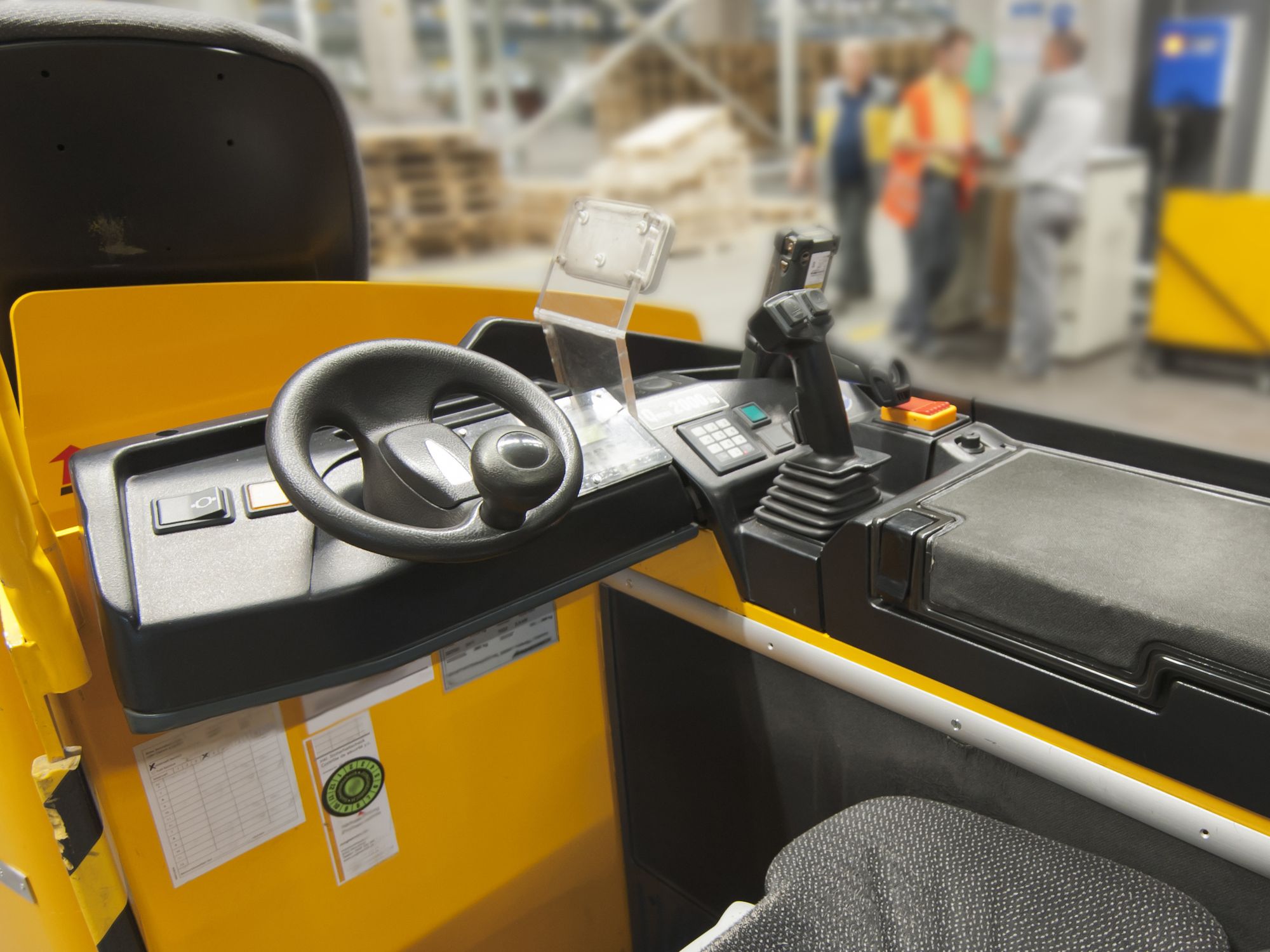What are requirements for parking?

- Operators must take specific actions before leaving a PIT unattended in a workplace.
A Powered Industrial Truck (PIT) is considered “unattended” when the operator is 25 feet or more away from the vehicle (even if it remains in their view), or whenever the operator leaves the vehicle, and it is not in their view.
When a PIT is left unattended, the:
- Load engaging means must be fully lowered,
- Controls neutralized,
- Power shut off, and
- Brakes set.
Note: Wheels must be blocked if the truck is parked on an incline.
When the operator of an industrial truck is dismounted and within 25 feet of the truck still in their view, the:
- Load engaging means must be fully lowered,
- Controls neutralized, and
- Brakes set.
Put another way, when the operator is dismounted and within 25 feet of the PIT still in the operator’s view, as long as the operator takes the three actions, the power may be left on.
OSHA was asked to define “in his [or her] view,” wondering if this includes when the operator is not looking at the vehicle for short periods of time. The agency replied in a September 11, 2018, letter of interpretation, “The standard does not define the term ‘in his [or her] view.’ ... [A] vehicle would normally remain in view of an operator during momentary or brief periods of time that an operator may glance away from the vehicle, provided that there are no other obstructions to the view.”
